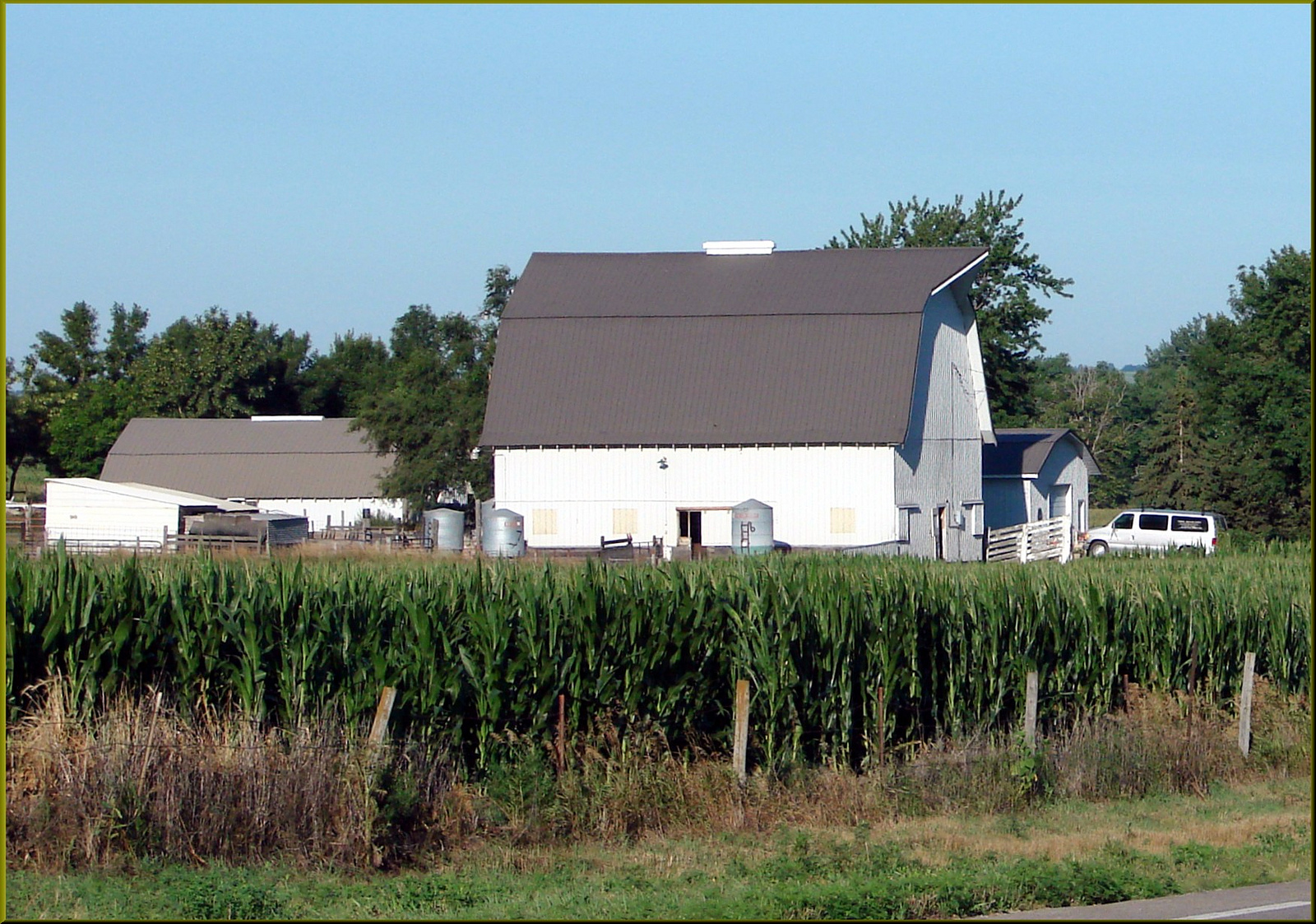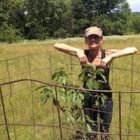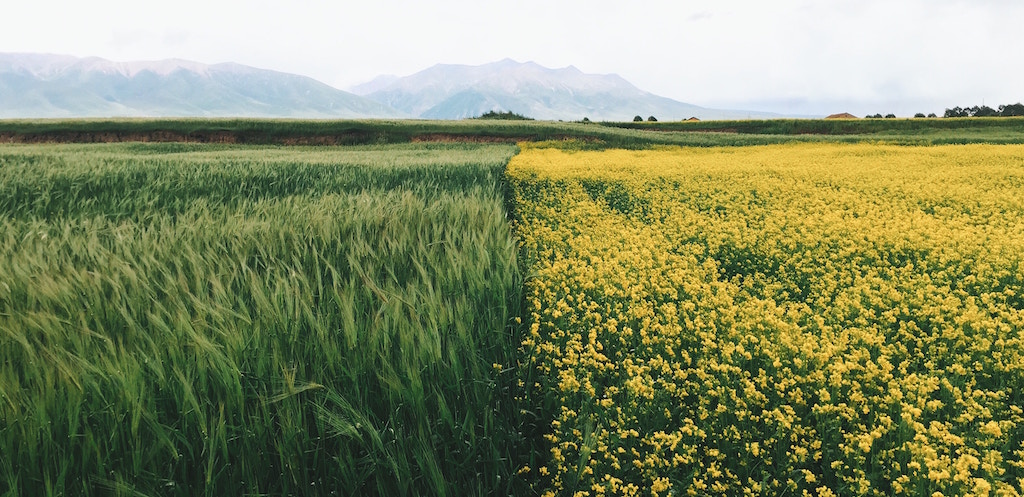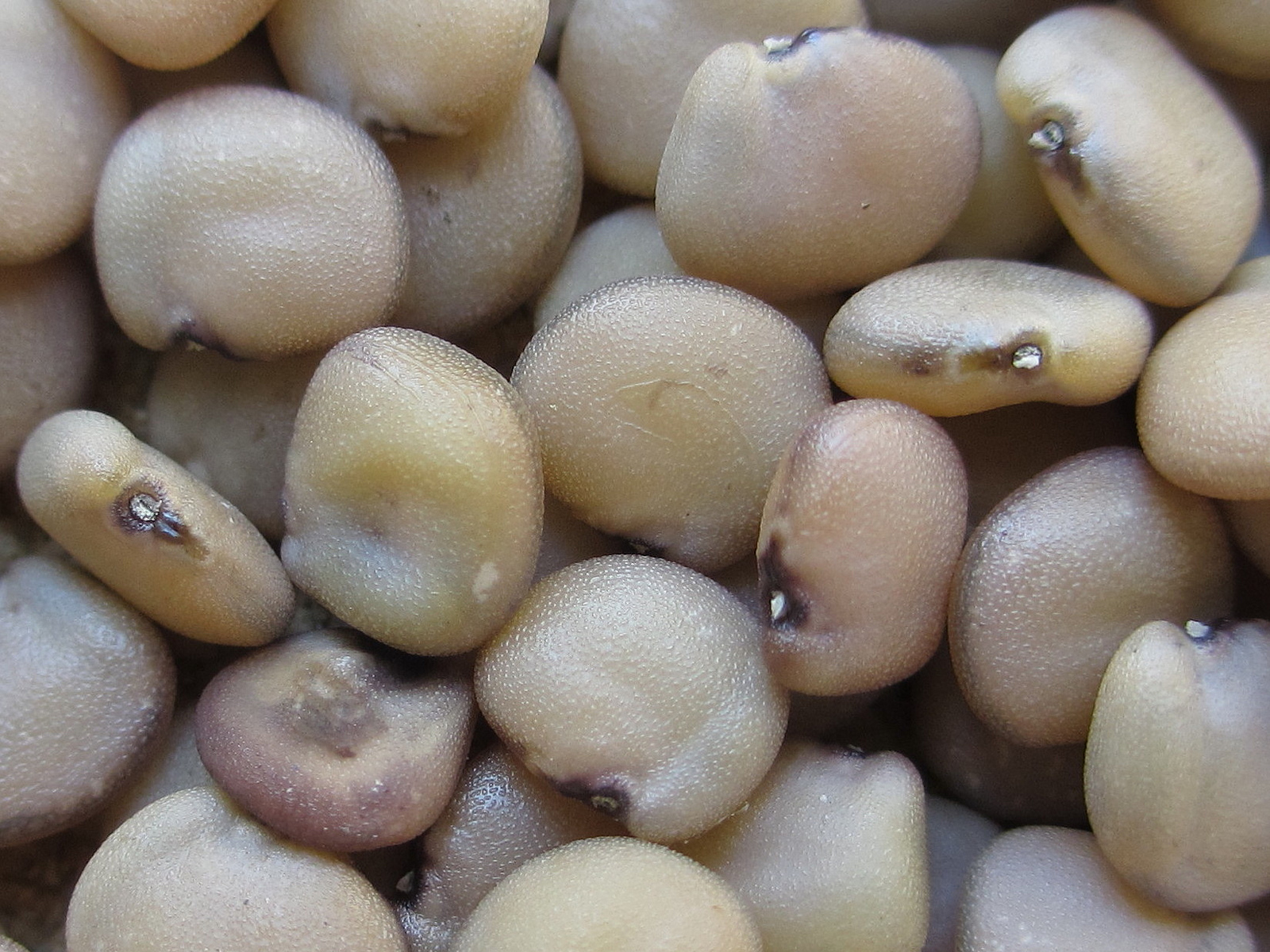“My parents were farmers, both of my grandparents were farmers. Probably as far back as ever we were farmers,” says 77-year-old Shirley Gray. We are sitting in the wood-paneled dining room of her family’s farm in south central Iowa. “My husband’s parents were farmers, his grandparents were farmers. So we have always been farmers.”
“The way it is set up, it will just keep right on being rented out,” Gray tells me when I ask what will happen to the farm when she is no longer alive to make decisions about it. “But we will keep the farm in the family, hopefully.”
 Beth Hoffman
Beth Hoffman Most American farmland will be passed on to the next generation via wills, trusts, or sale to other family members, much as Shirley Gray’s farm is set up
Today, 99 percent of American farms are still “family farms” owned by families, according to the United States Department of Agriculture (USDA). But like Shirley Gray’s, increasingly, many of them are not actually family-farmed.
Roughly 355 million acres nationally—almost 40 percent of all farmland—are rented out by non-farming landlords to other farm operators. In Iowa, that number is much higher. More than half of all farmland in the state is farmed by renters, generating rental revenue of $3.7 billion (the second-highest rental revenue in the country, after Illinois).
And although more than 60 percent of America’s farmland is owned by people aged 65 and older, most of this farmland is not expected to come up for sale when owners die. In fact, only about 2 percent of farmland in the country will be sold to people other than family members in the coming years. Instead, most land will be passed on to the next generation via wills, trusts, or sale to other family members, much like the way Shirley Gray’s farm is set up. In other words, it will be kept in and owned by the family—even if the family never farms it.
The double whammy
Part of what is driving this trend in the Midwest and around the nation, is the exorbitant cost of both land and machinery. One piece of new farm equipment—a John Deere combine for harvesting corn, for example—can cost as much as $500,000. Even if farmers buy only good quality used equipment, they are still looking at an estimated initial investment of at least $600,000 to get started.
In Iowa, as in much of the country, land is equally unaffordable. With the average price topping $7,000 an acre, a 300-acre farm in the state is worth a hefty $2.1 million. (The average size of an Iowa farm is 330 acres.) That’s an investment not easily borne by a new farmer, especially since the price of corn and soybeans has essentially flatlined for the last five years.
But most Iowa landowners are not new. “You don’t own land for one or three years,” says Wendong Zhang, an extension economist at Iowa State University (ISU). “A quarter of the land in Iowa is owned by the same owner for the last 40 years; half has been owned for over 20 years. So owners are after long-term returns.”
This pattern of long-term ownership means not only that there is very little land available for sale in Iowa (which drives prices even higher), but also that most of the state’s farmland was purchased back when that land was far less expensive. Shirley Gray and her husband bought their farm in 1958 for $55 an acre, which made the total cost for their 500 acres $27,500—the equivalent of about $238,000 today. That same land in 2018 costs around $4000 an acre, or more than $2 million for a farm similar in size to the one the Grays purchased 60 years ago.
And here’s one other result of the long-term land ownership trend: As much as 80 percent of the land in Iowa is owned free and clear of debt. So as long as the rent pays the taxes, retired farmers and their families can make money on their land even if no one in the family is farming.
When city folk own the farm
As land is passed on to kids and grandkids, millions of acres across the country end up being owned by people who are no longer farmers, and increasingly, never were. Currently, 40 percent of all rented farmland in Iowa is owned by people who have never farmed, and in more and more cases have never lived on the land they now own.
 Beth Hoffman
Beth Hoffman If the only purpose of land ownership is to provide income for both parties, then the level of toxicity from chemicals sprayed, the health of the ecosystem as a whole, and the lasting fertility of the soil become far less important
“I’ve seen an increase in 50- and 60-year-olds who are inheriting the farm from the farmers who have passed away in their 70s and 80s,” says David Baker, a farm transition specialist with ISU’s Beginning Farmer Center. “They have been off the farm for the last 30 or 40 years while their parents farmed. They are now inheriting these farms and need to decide what to do with it.”
But deciding to rent the land out may have its drawbacks. As any of us who’ve rented an apartment or a car will attest, renters don’t often treat things with as much care as they would if they were the actual owner. The same could arguably be said about landowners, who are sometimes less attentive to the land because they are not actually on it. If the only purpose of land ownership is to provide income for both parties, then the level of toxicity from chemicals sprayed, the health of the ecosystem as a whole, and the lasting fertility of the soil become far less important.
“When you have farm owners looking for the top dollar for rental, that often will come at a cost,” says Ann M. Johanns, an extension program specialist at ISU. “That cost might be the long-term conservation or long-term productivity of that land because the tenant is paying the highest dollar. They might not take care of it as if it were their own. They might not put nutrients back into the soil like they should, and so they leave that land worse than they found it.”
A new kind of landowner?
But increasingly, says Baker, he is fielding calls from a new kind of landowner—many of whom have college degrees and have lived in cities for years—who remember how their grandparents took care of the land and are interested in bringing ecological values with them to their farm ownership.
“I get calls every day asking questions,” Baker says. “’How do I take care of the farm?’ ‘How do I make improvements to the land, to the water?’” I want them to maximize the income they can receive but also to share some of values that the community has. What does it mean to the state of Iowa instead of just thinking about it as investment.”
How a potential tenant plans to take care of the land is an essential question for owners in search of renters. A 2012 survey on farmland ownership conducted by ISU found that 93 percent of landowners said “good land stewardship” was by far the most important tenant attribute, well above knowing the farmer (52 percent) or even renting to a family member (25 percent).
 Beth Hoffman
Beth Hoffman Long-term ownership not only means there is very little land available for sale in Iowa, but also that most of the state’s farmland was purchased back when that land was far less expensive. Pictured above: Knoxville, Iowa
Additionally, farmland owned solely by a woman—sometimes the result of land inherited after a spouse has died—now accounts for a quarter of all farms. And while many of them have never had to make farm decisions alone, they have a “strong conservation ethic,” says the Women’s Food and Agriculture Network, adding that female landowners often struggle to find advisors and tenants whose business plans align with their ecological values.
Baker says this increasing interest in doing things differently has resulted in more requests for information about niche markets—like organic. “There is a strong effort in the 40-50 age groups saying, ‘We own this small farm and we want to know what to do with it. We’ve heard of others raising local products and we want to get involved in that.’” Baker also works with many hopeful beginning farmers who are looking to pursue small-scale production or retail agriculture on their land.
Opportunity abounds
In Iowa, there’s something of an untapped opportunity to be found in matching new landowners with new farmers—both for conventional farmers and those interested in growing crops outside of the corn and soybean norm. Because land rental is so much more affordable than owning land outright, renting gives those who are new to the trade the ability to make money farming without diving deeply into debt.
The particular type of lease a renter and owner agree on can also have a big impact on farm sustainability and the overall economic viability of farming for tenants. While “cash rent” leases can mean even more debt for farmers if crops fail in the case of bad weather or disease, “flexible leases” allow tenants and landowners to share in the costs and profits of the farm, mitigating risk for both. With flexible leases, farm payments like insurance and other government programs are also split between tenants and landlords.
But new tenants also need to understand that taking the time to build a relationship with the landowner is an important part of leasing a farm.
“A lot of rental agreements include more than just farming the land,” says Johanns. “There is a relationship between the tenant and landowner where a tenant may be taking care of scooping the driveway, for example. Stopping in and discussing what is happening on the farm, and having coffee. Little things you can’t put a dollar value on.”
In other words, human stewardship is every bit as important to a successful tenant-landowner relationship as land stewardship is.











